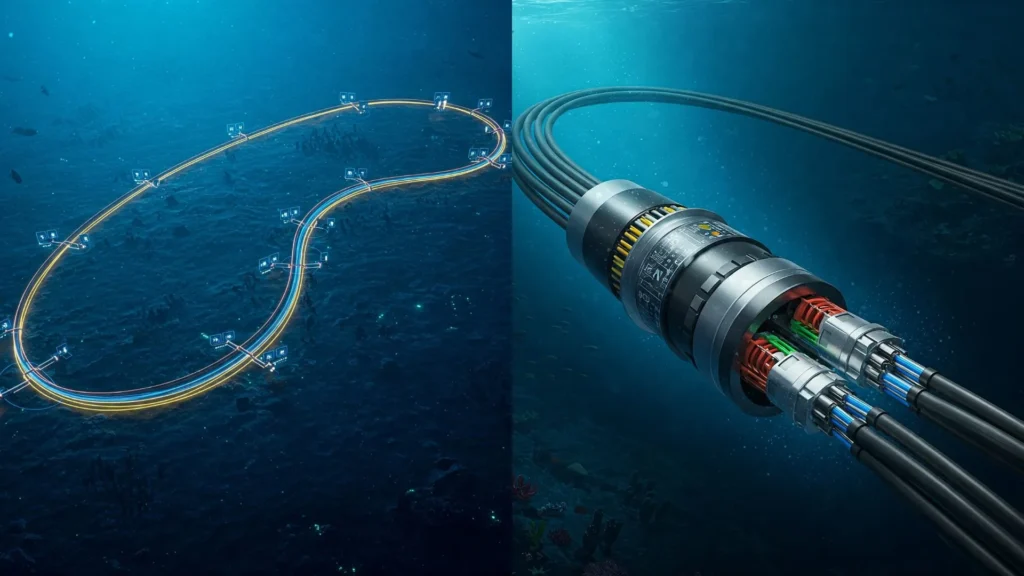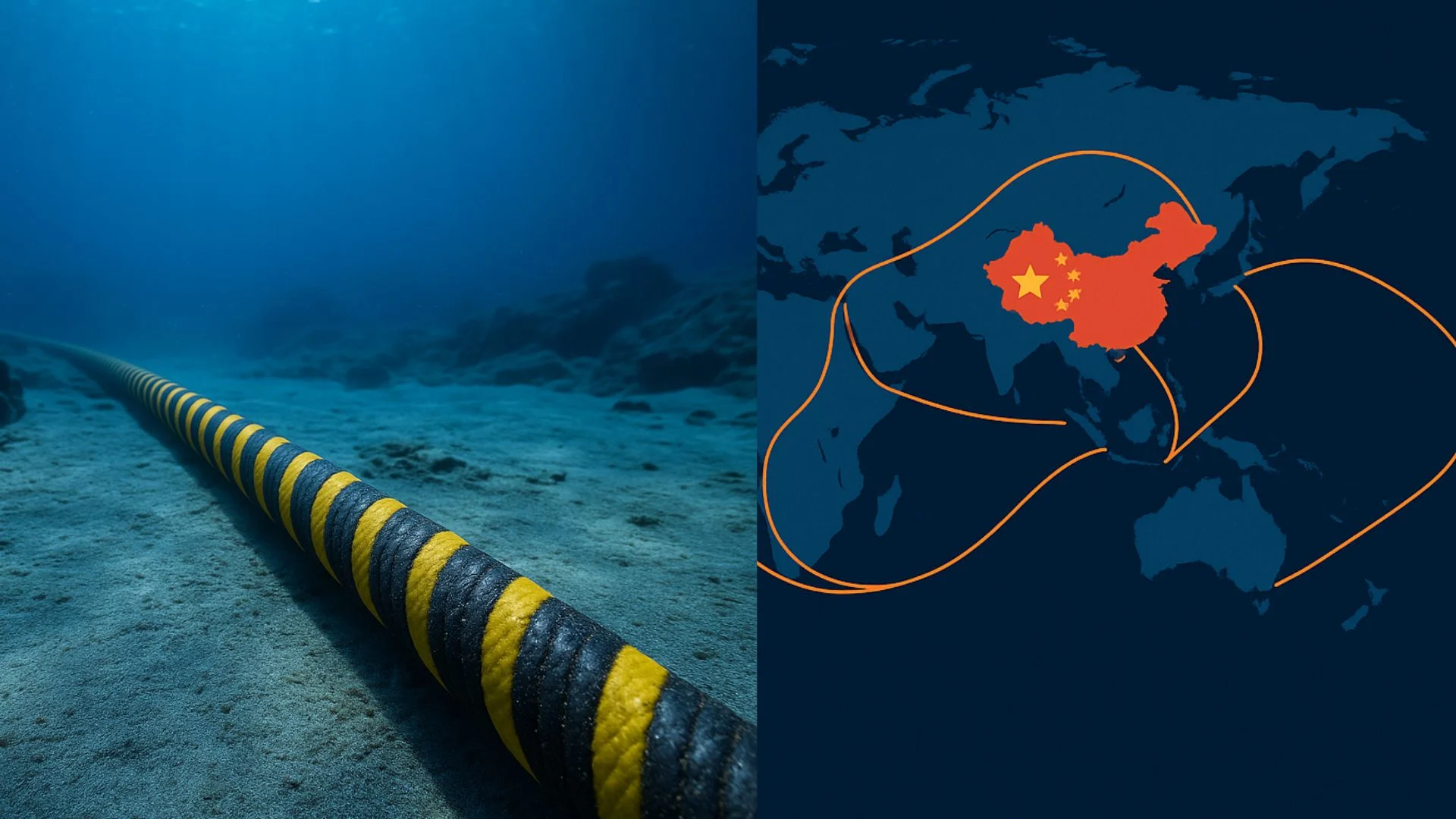Introduction
China has come forward with an ultra-advanced deep-sea internet cable, able to meet 95% of global internet demands, the new benchmark in international connectivity. The high-end undersea network of fiber optic hopes to establish unbridled speed, connectivity, and geographical scope, redesigning how continents interact across information exchange.
Through this piece, we cover:
- What surpasses earlier networks in its technology
- Its sheer size bandwidth-engineering marvels
- Political, financial considerations
- Global impact for users
Breakthrough Capabilities of China’s Mega Cable

1. Unparalleled Capacity – 500 Tbps Bandwidth
The cable has a capacity of 500 terabits per second (Tbps), sufficient to stream 8K video for billions at the same time. For perspective:
- Top cables today: 200 Tbps
- New Chinese cable: 2.5 times faster
2. 95% Global Coverage
45,000 km long, spanning the Pacific, Indian, and Atlantic Oceans, it links:
- Asia ↔ Americas
- Europe ↔ Africa
Important hubs such as Singapore, Marseille, and Virginia
3. AI-Optimized Maintenance
- Self-healing technology detects/fixes faults automatically
- Real-time monitoring averts outages
4. Energy Efficiency
Utilizes next-gen amplifiers that use 30% less power than current cables.
Why This Is a Game-Changer
1. Eliminating Internet Bottlenecks
- Decreases latency for cloud computing, gaming, and finance
- Averts congestion during high usage
2. Economic & Strategic Advantages
- Enhances China’s position in global digital infrastructure
- Could disrupt US/EU-dominated internet backbones
3. Future-Proofing the Web
- Built to support:
- 6G networks
- Metaverse-scale data
- AI-driven services
Geopolitical Implications
- US-China Tech Race – This cable heightens competition for internet hegemony.
- Data Sovereignty Issues – Some countries will be concerned about sending traffic over Chinese infrastructure.
- Western Cables Alternative – Provides nations with a non-US/EU alternative for connectivity.
When Will It Be Fully Up and Running?
- 2025: Initial routes are activated
- 2027: Global full deployment
The Future of Undersea Cables
China’s project foreshadows tomorrow’s trends:
- Even greater speeds (1,000+ Tbps)
- Deep-sea power stations to support cables
- Space-sea integration (satellite & cable networks convergence)
Conclusion
The China deep sea internet cable, covering 95% of global traffic, represents both a technical marvel and a geopolitical gambit. As it accelerates worldwide connectivity, this China deep sea internet cable forces nations to confront new realities of digital dependence and security. The message is clear: data dominance now depends on ocean trenches.

